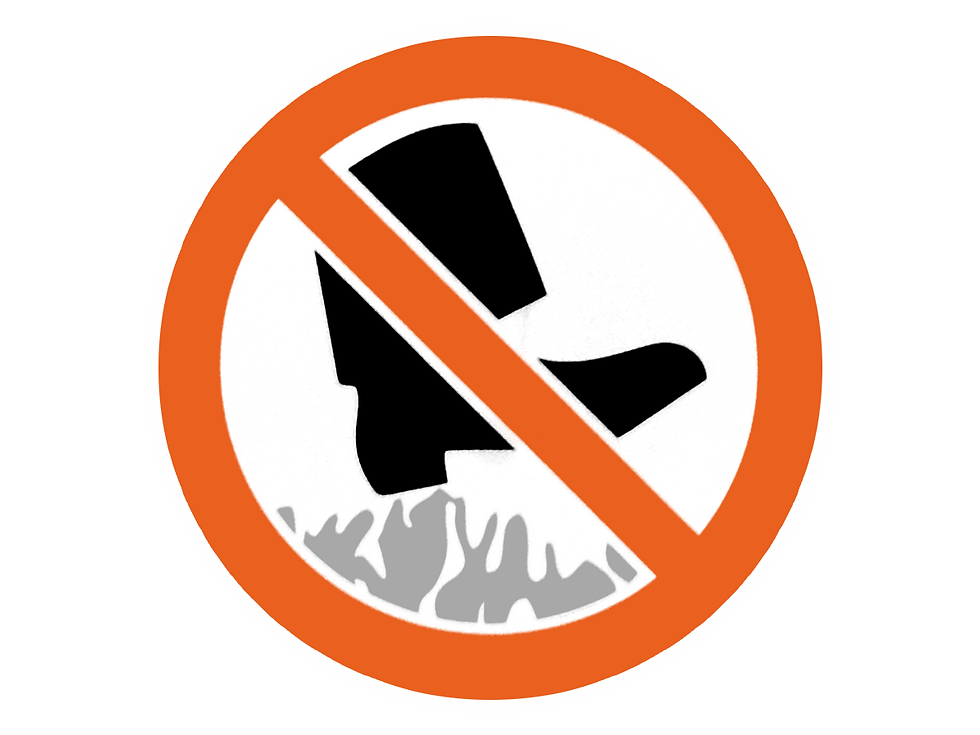Infrared Moisture Scans for Flat Roofs: When and Why to Order One
- Jamie Aylwin
- Sep 18
- 2 min read
Moisture is the hidden enemy of commercial roofing. Trapped water inside insulation weakens decks, corrodes fasteners, and voids warranties. An infrared roof scan is one of the most reliable, non-destructive ways to catch problems early and decide whether your roof can be recovered or requires a tear-off.

How Infrared Roof Scans Work
Infrared cameras detect heat variations across the roof surface. Areas with wet insulation hold heat longer than dry areas, creating clear thermal patterns. When combined with core cuts or probes, scans provide accurate data that guides roof repair or replacement strategies.
Best Timing and Conditions for a Scan
For accurate results, schedule scans during clear weather with a noticeable difference between daytime heating and evening cooling. Late afternoon into dusk is often ideal. In New England, spring and fall are prime times for inspections before extreme seasonal weather sets in.
Reading a Moisture Scan Report
A typical scan report highlights affected areas in color-coded maps, often overlaid on a roof plan. These images show exactly where water has infiltrated insulation, making it easier to decide whether to replace sections, recover the system, or perform targeted repairs.
Cost and Scheduling Considerations
Infrared moisture scans are relatively affordable compared to the cost of full commercial roof replacement. Typical pricing runs $0.05–$0.12 per square foot, depending on roof size and complexity. Most scans can be scheduled and completed within a single evening, with results available in days.
When Scans Influence Big Decisions
Moisture scans are especially valuable when deciding between a roof recovery vs. tear-off. Dry insulation and sound decking may qualify for a roof recovery, saving significant time and money. Wet insulation, on the other hand, points toward tear-off and replacement.
Adding Scans to Maintenance Plans
Facility managers often build infrared scans into annual or bi-annual commercial roof maintenance programs. Regular scanning ensures leaks or trapped moisture are caught before they cause structural damage or escalate into warranty disputes.

Pitfalls to Avoid
Weather dependency: Poor conditions (rain, cloud cover, or no temperature differential) can skew results.
Unverified scans: Always pair thermal images with core cuts or probes to confirm findings.
Skipping scans: Proceeding with a roof recovery without scanning risks sealing in water and accelerating roof failure.
FAQ
How long does an infrared roof scan take?
Most scans are completed in one evening, with reports delivered within a few days.
Do I need a scan if my roof isn’t leaking?
Yes. Moisture intrusion often begins long before leaks appear inside. Scans detect hidden problems early, saving money over time.
Are scans covered under warranty programs?
Some manufacturers require periodic inspections, including scans, to keep warranties valid. Check your specific warranty terms.
Ready to uncover what’s happening beneath your roof surface? Book an Infrared Moisture Scan with TheRoofers.com and make confident decisions about repair, recovery, or replacement.





Comments